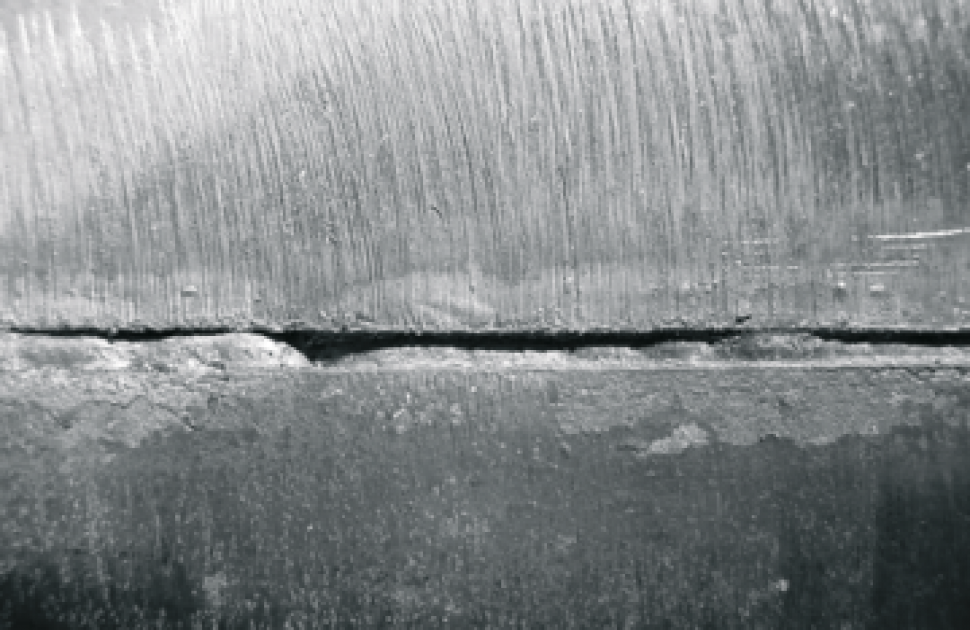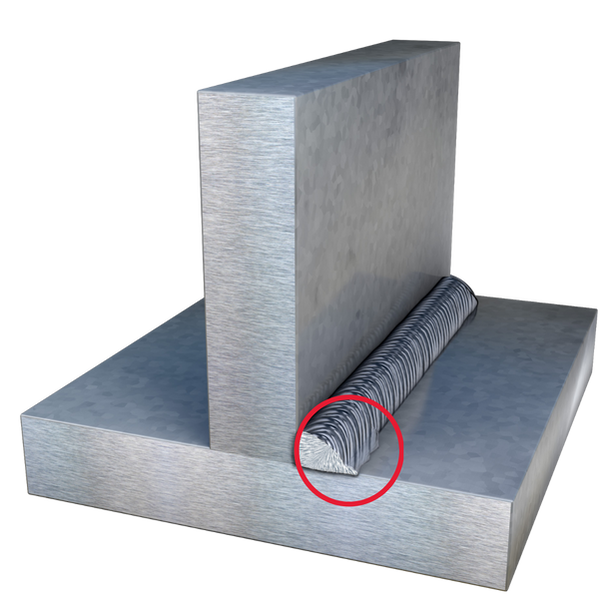Preventing Weld Undercut Made Easy: Key Techniques Unveiled
Preventing Weld Undercut Made Easy: Key Techniques Unveiled
Blog Article
Grasping the Art of Welding: Just How to Avoid Undercut Welding Issues for Flawless Manufacture Results
By understanding the origin creates of undercut welding and implementing effective methods to prevent it, welders can elevate their craft to new levels of excellence. In the pursuit of perfect manufacture outcomes, grasping the art of welding to avoid undercut problems is not just an ability yet a need for those striving for perfection in their job.
Understanding Undercut Welding

To prevent undercut welding, welders ought to guarantee appropriate welding specifications, such as readjusting the existing, voltage, traveling rate, and keeping the proper electrode angle. By recognizing the reasons of undercut welding and applying preventative actions, welders can attain high-quality, structurally sound welds.
Root Causes Of Undercut in Welding
Recognizing the variables that add to damage in welding is crucial for welders to generate high-grade, structurally audio welds. Damaging happens when the weld metal does not correctly fill the groove formed in between the base steel and the previously deposited weld metal. A number of elements can lead to damage in welding. One typical cause is excessive warmth input. Welding at high temperature levels for prolonged periods can cause the base metal melting greater than preferred, resulting in damage. Poor welding present or inaccurate welding rate can also add to undercut. Insufficient current might not offer enough warmth to melt the base and filler steels appropriately, while excessive rate can stop proper blend, triggering undercut. Additionally, inappropriate electrode angles or incorrect torch manipulation methods can produce areas of reduced weld metal deposition, advertising undercut. Understanding these reasons and executing correct welding techniques can aid avoid damaging issues, making certain strong and sturdy welds.
Techniques to avoid Undercutting

To reduce the risk of undercutting in welding, welders can use strategic welding techniques intended at boosting the top quality and stability of the weld joints. Furthermore, making use of the right welding method for the particular joint setup, such as weave or stringer beads, can contribute to reducing damaging.
In addition, correct joint prep work, including guaranteeing clean base products devoid of pollutants and using the appropriate welding consumables, is crucial in protecting against undercut issues. Utilizing back-step welding techniques and regulating the weld grain profile can additionally assist distribute warmth uniformly and reduce the threat of undercut. Routine evaluation of the weld joint throughout and after welding, in addition to executing top quality assurance measures, can assist in resolving and discovering undercutting problems promptly. By applying these techniques faithfully, welders can accomplish remarkable construction results with marginal undercut problems.
Significance of Appropriate Welding Criteria
Selecting and preserving proper welding criteria is important for accomplishing effective welds with minimal defects. Welding specifications describe variables such as voltage, existing, take a trip speed, electrode angle, and securing gas circulation price that directly impact the welding procedure. These specifications have to be very carefully readjusted based on the kind of material being welded, its density, and the welding strategy used.
Correct welding parameters guarantee the correct amount of warm is used to read this article thaw the base steels and filler product consistently. If the specifications are established too expensive, it can cause too much warmth input, creating burn-through, distortion, or spatter. On the other hand, if the specifications are too low, incomplete blend, absence of infiltration, or undercutting may occur.
Quality Control in Welding Operations

Verdict
In verdict, grasping the art of welding requires a content thorough understanding of undercut welding, its reasons, and methods to prevent it. By guaranteeing correct welding specifications and executing quality guarantee methods, flawless construction results can be attained. It is vital for welders to consistently make every effort for excellence in their welding procedures to prevent undercut issues and create top quality welds.
Undercut welding, an usual problem in welding procedures, happens when the weld steel doesn't effectively fill up the groove and leaves a groove or depression along the welded joint.To protect against undercut welding, welders must ensure appropriate welding criteria, such as changing the existing, voltage, travel rate, and maintaining the right electrode click this link angle. Poor welding current or incorrect welding speed can likewise add to undercut.To alleviate the danger of damaging in welding, welders can use strategic welding methods intended at boosting the top quality and stability of the weld joints.In conclusion, understanding the art of welding needs a complete understanding of undercut welding, its causes, and methods to avoid it.
Report this page